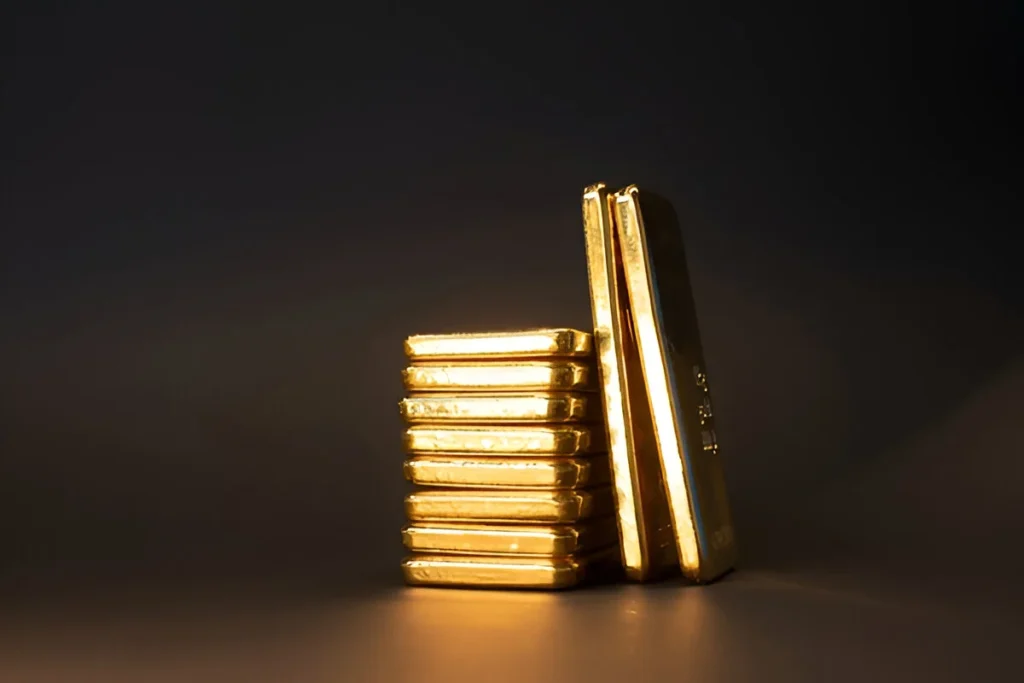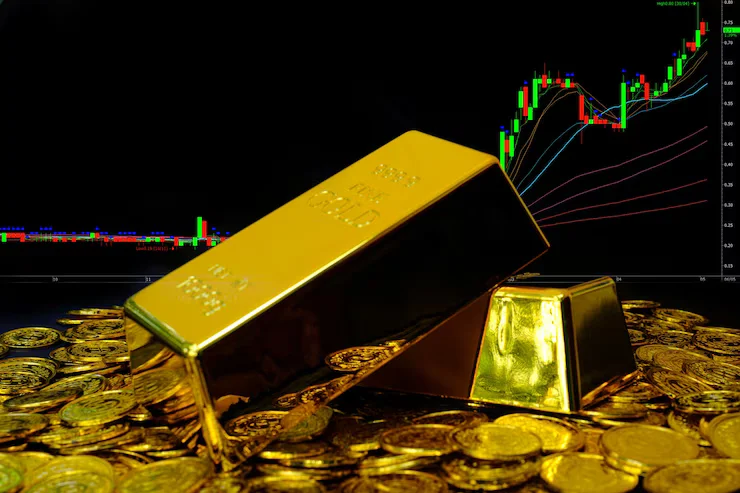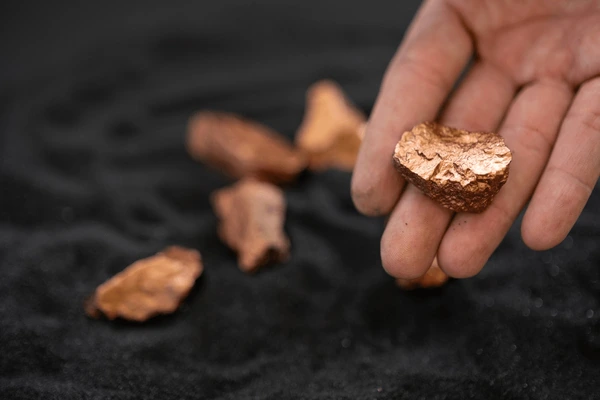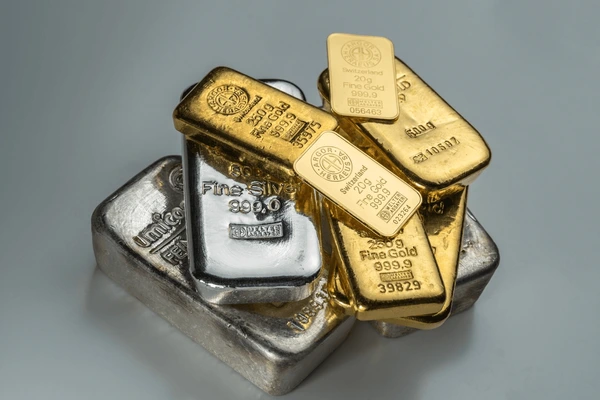Sayanava Sinha Roy
08.04.2025
What Happens to Gold After You Sell It?
Curious about gold selling? Discover the journey of your gold after it’s sold, explained by insights rooted in expertise and industry practice by a respected gold buyer.
Selling gold might feel like the end of a transaction, but in reality, it’s just the beginning of an intricate journey. From old jewelry and broken ornaments to coins and bullion, your sold gold embarks on a transformation that spans testing, melting, refining, and ultimately being repurposed for a new life.
Table of Contents
In this blog, we explore what truly happens behind the scenes after gold changes hands. Understanding this process isn’t just fascinating—it’s empowering, especially if you’re someone considering gold selling in the near future.

Why Do People Sell Gold?
People sell gold for a variety of reasons:
- Financial emergencies or liquidity needs
- Capitalizing on high gold prices
- Downsizing or decluttering
- Investing in upgraded or modern designs
- Emotional detachment from old heirlooms
Whatever the reason, once your gold is handed over, it goes through several important steps before it finds new purpose.
The First Step—Purity Testing and Verification
Before any gold is processed, it is tested for its purity. This ensures that both buyer and seller understand the true value of the item.
Common Gold Testing Methods:
- Acid Test: A traditional test that uses nitric acid to determine karat purity.
- Electronic Testing: Offers a quick, non-invasive assessment.
- XRF (X-ray Fluorescence): Highly accurate and often used by professional buyers.
Purity directly influences the price offered to the seller. Once tested and agreed upon, the gold is ready for the next stage.
The Melting Process
Once sold, gold is typically melted to ensure it is pure and to separate it from non-gold elements like stones or solder.
Why Melting is Crucial:
- It confirms the exact gold content.
- It removes impurities and non-metal components.
- It prepares gold for refining or reuse.
This is a critical step, especially for institutions recognized for their expertise in gold buying, as transparency and quality control are paramount.
Refining—The True Transformation
Refining turns melted gold into its purest form. It’s where science meets precision, removing all impurities until the gold reaches up to 99.99% purity.
Common Refining Methods:
- Aqua Regia Process – A chemical solution separates gold from other materials.
- Electrolytic Refining – Gold is deposited through electricity onto cathodes.
Refined gold can be used for various purposes, including minting coins, making electronics, or crafting new jewelry.
What Happens Next? The Repurposing Stage
After refining, the journey of gold continues. Here are a few destinations for this now-pure metal:
- Jewelry Manufacturing – The most common route; gold is cast into bars, wires, or sheets.
- Investment Bullion – Refined gold is molded into bars or coins for investors.
- Industrial Uses – Gold’s conductivity makes it vital for electronics, aerospace, and medical devices.
Gold doesn’t lose its value or utility. It is constantly reborn, symbolizing sustainability and economic resilience.
Is Gold Selling Environmentally Friendly?
Recycled gold, surprisingly, is one of the greenest ways to meet gold demand. Mining is environmentally taxing, but refining old gold helps reduce the need for new mining.
Eco-Friendly Benefits:
- Reduces carbon footprint
- Minimizes chemical use from mining
- Promotes ethical recycling
When you engage in gold selling, you’re indirectly supporting sustainable practices in the gold industry.
What Happens to Stones and Other Elements?
When gold jewelry includes gemstones, they are carefully removed before the gold is melted. Depending on the condition and value, these stones may be:
- Returned to the seller
- Resold
- Reused in new pieces
Metal alloys mixed with gold (like copper or silver) are separated during refining and may also be reused.

Common Questions About Gold Selling
1: What documents should I carry when selling gold?
- Original purchase invoice (if available)
- A valid ID proof
2: How is the selling price determined?
- Based on current market rate, weight, and purity after testing
3: Is the entire process secure?
- Yes, if conducted at a certified facility with proper documentation and purity checks
4: Can I watch the melting process?
- Many reputable gold buyers allow you to witness it for transparency
The Gold Selling Journey: A Quick Recap
Let’s summarize what happens after you sell your gold:
- Step 1: Purity testing and verification
- Step 2: Melting to remove impurities and components
- Step 3: Refining to achieve pure gold
- Step 4: Repurposing into jewelry, investment, or industrial use
- Step 5: Stones and non-gold elements are separated and processed
It’s a cycle of transformation that doesn’t just end with you—it carries forward into the global economy.
Your Gold Has a Bigger Story
Gold selling isn’t just about receiving money—it’s part of a timeless cycle of transformation, value, and sustainability. What might feel like a simple transaction is actually a critical step in ensuring that precious metals continue to serve society in new and essential ways.
Whether your gold ends up as part of a wedding ring, a NASA component, or a digital circuit, it continues to live on.
While this post doesn’t endorse any provider directly, many people find confidence by choosing experts known for their transparency, advanced technology, and ethical practices. Seek out those who truly understand the value of what you’re offering.
Popular Post



